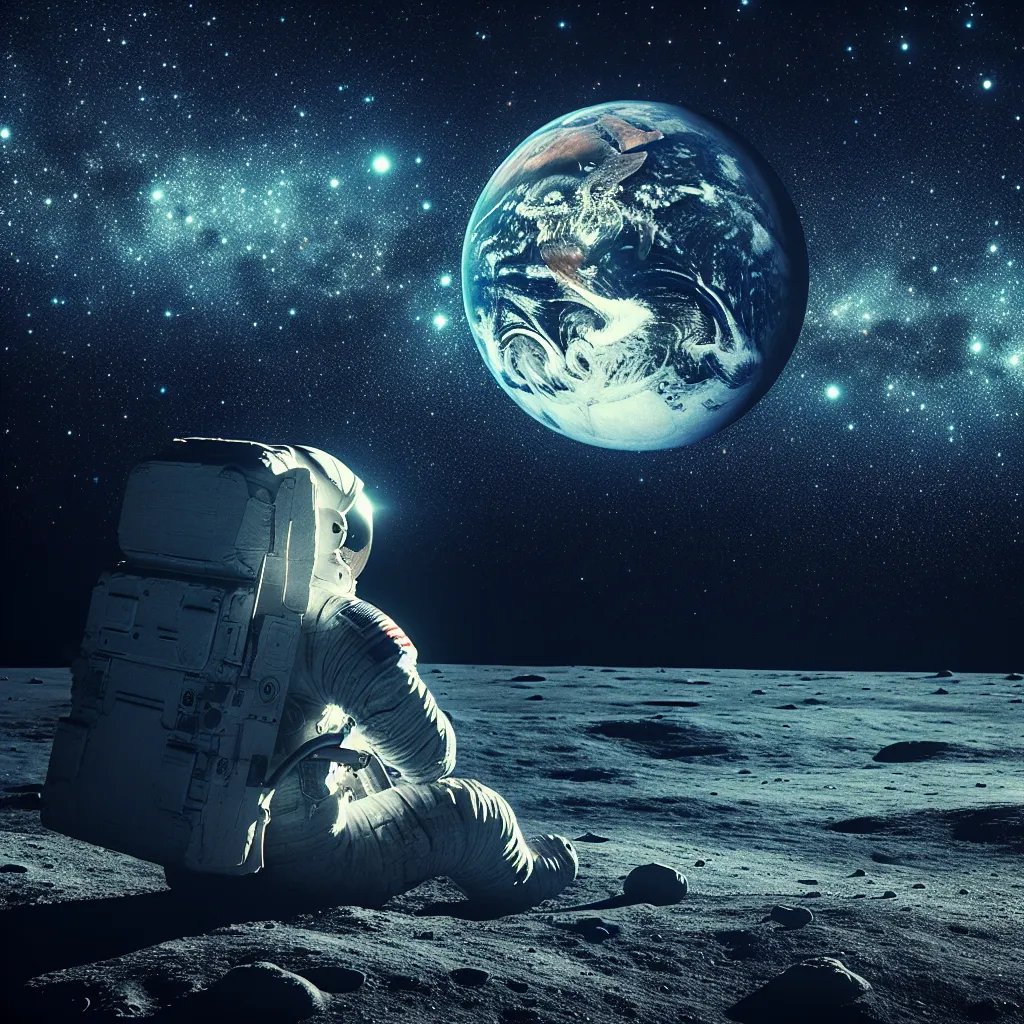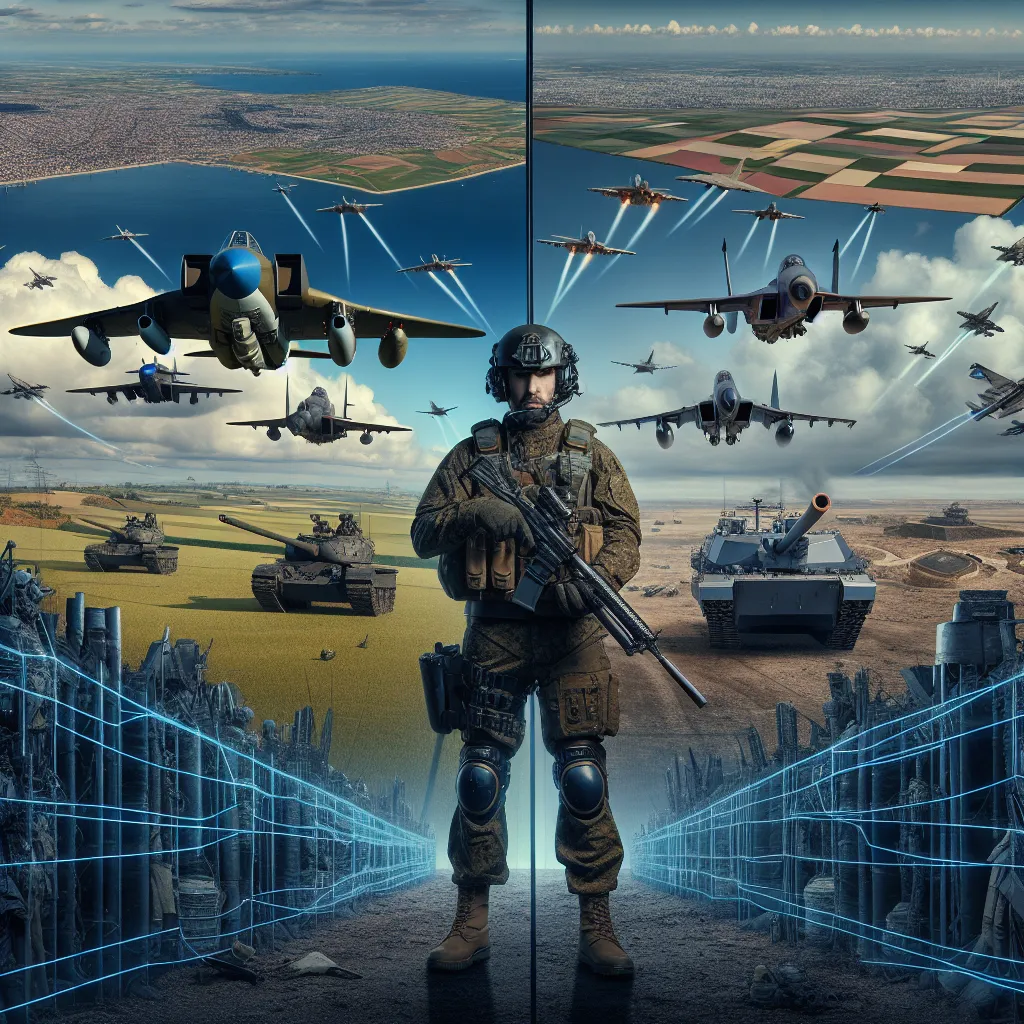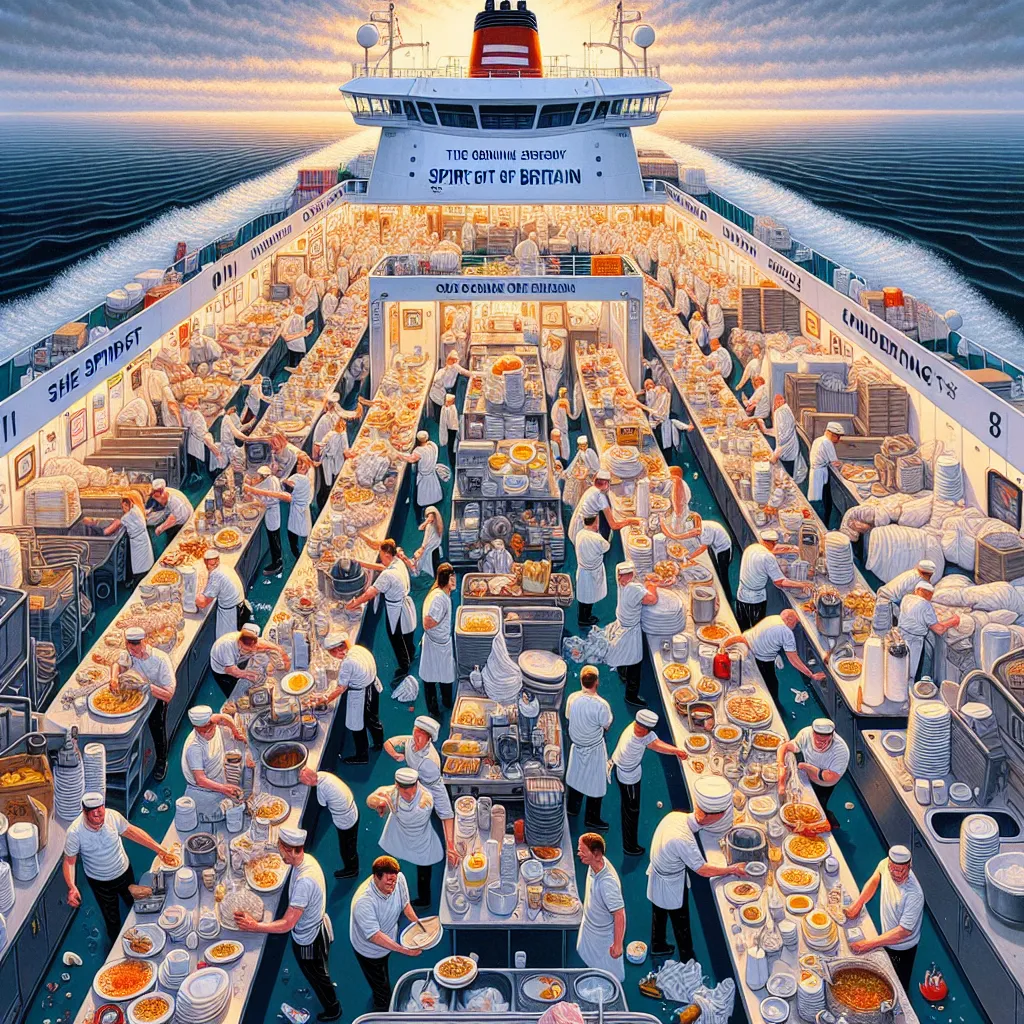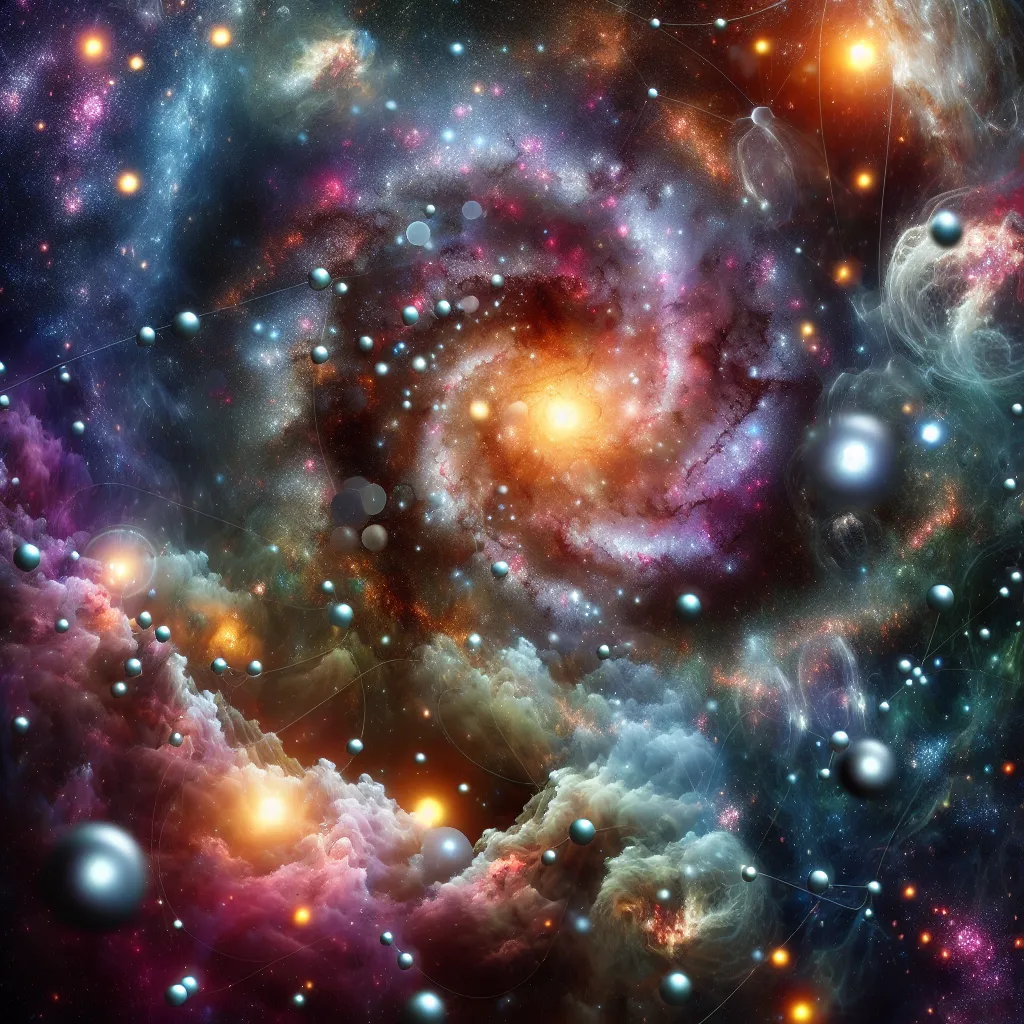As Apollo 17 readied to leave the moon, astronaut Eugene Cernan took a final look at Earth from a spot only 11 others had seen. His exclamation, reflecting his awe, left us all pondering when we’d journey back. The moon, which at first was explored by robotic probes, turned out to be even more fascinating than we dared to hope, demanding further exploration.
Eight years after our initial space endeavors, humans first set foot on the lunar surface, showcasing a future that expanded beyond our wildest dreams. The Apollo missions unlocked the moon’s mysteries, deepening our understanding of both the moon and our own planet’s origins. Now, there’s a renewed race to revisit and establish a scientific base there, pushing technology to new heights.
Our fascination with the moon spans millennia. It’s close enough to inspire dreams of travel and far enough to require persistence to reach. Scientists believe our moon formed over 4.5 billion years ago from a colossal collision, eventually settling into its familiar orbit, always beckoning us with its one-side view.
The lunar dream sharpened after the USSR launched the first Earth-orbiting satellite in 1957. They soon sent the first human into space, embarking on a quest to conquer space. Our robotic explorers paved the path for human missions as the ultimate prize – the moon – became the focus of US-Soviet space rivalry.
The Soviets took early leads with their robotic missions, but the US was determined. The Apollo program’s scientific endeavors revealed much about the moon’s origins and significantly contributed to our technological advancements. Each Apollo mission taught us more, leading to the monumental first moon landing by Apollo 11, where Neil Armstrong and Buzz Aldrin made history.
Despite these achievements, the USSR’s space program continued to pursue lunar exploration with groundbreaking robotic missions. Their Lunokhod rovers, for instance, revolutionized our understanding of the lunar surface and set up experiments that continue to yield insights.
Fast-forward to today, and our thirst for lunar exploration has not diminished. Japan, Europe, China, and India joined in with missions like SMART-1, Chang’e, and Chandrayaan, each contributing to our pool of knowledge about the moon and even discovering water ice – a game-changer for future human missions.
Private industry is now a significant player, with companies like SpaceX aiming to launch manned lunar missions, bringing us closer to the reality of a sustainable human presence on the moon. NASA’s Artemis program is also making significant strides, looking beyond lunar missions to Mars and deeper into space.
As we prepare for a new era of space exploration, the challenges are immense. Establishing a human colony on the moon involves tackling harsh environments, radiation, and the logistical hurdles of sustained lunar habitation. However, these efforts also foster international cooperation and inspire advancements that could improve life on Earth.
The moon has always called to us, representing our innate curiosity and spirit of exploration. As we continue to push boundaries, the lessons we learn from the moon will propel us to new frontiers, potentially even beyond our solar system. The moon is not just a journey but a symbol of what humanity can achieve when driven by curiosity, ambition, and the pursuit of knowledge.






